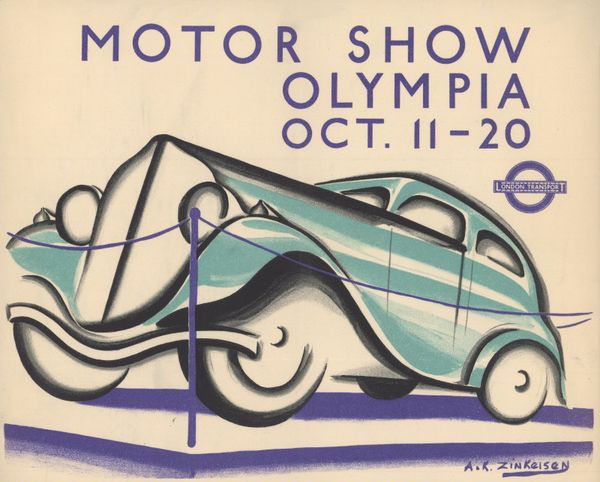Napoleon's Ornate Sword is Heading to Auction
- Editor OGN Daily
- May 10
- 2 min read
The sword and the sheath are made from some of the most valuable materials from Napoleon's era.

“Do you know what fills me most with wonder?” Napoleon is said to have asked the Marquis de Fontanes. “The powerlessness of force to establish anything. There are only two powers in the world: the sword and the mind. In the end, the sword is always conquered by the mind.”
Be that as it may, swords were undoubtedly a potent symbol for the French ruler.
For Napoleon, then France’s first consul, 1802 was a critical year. A national referendum established him “first consul for life,” enabling him to drive through a new constitution that allowed him to appoint his successor and set the table for his coronation as emperor two years later. During this year, Napoleon commissioned an ornate sword from Nicolas-Noël Boutet, the master armorer at the state armoury in Versailles. He kept the sword by his side until 1815, when he gave it to his ally, Emmanuel de Grouchy, ahead of the fateful Battle of Waterloo.
The sword remained in the Grouchy family for generations, a gilded reminder of the fleeting power of the First French Empire. On 22 May, it will be sold at a highly anticipated auction at Hôtel Drouot in Paris, where it’s expected to fetch up to $1.1 million.
“The saber is an important symbol in the collective imagination, and Napoleon placed great importance on symbols,” Alexandre Giquello, president of the Drouot auction house, tells Reuters. Giquello describes the sword as “very high quality, the best of the best of his time.”
From hilt to blade, the sword is adorned with rich symbolism. “At the time, they used the widest range of imagery possible,” Giquello explains. “You have stylized animals, you have a palm leaf motif, the whole range of ancient and classical references, Roman and Greek.”
The sword is decorated with a golden dog’s head dressed in an Egyptian headpiece and clutching a chain in its mouth. Elsewhere on the sword is the head of Medusa, the Nemean lion defeated by Hercules, and Mars, the Roman god of war.



